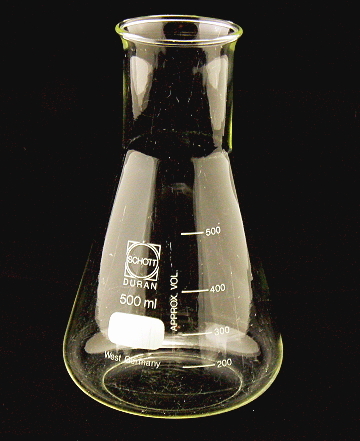

Consider buying the WORD/ PDF:Ĭhemistry Lab Bundle: Teacher Friendly Chem Binder 1 PDF/Word 31 Labs 17 Inq. This lab is included in Teacher Friendly Chemistry Binder 1 PDF/Word. Student Lab Make-up Sheet for Absent Students.Students calculate percent error and percent accuracy for each beaker and flask.Īs a lab conclusion, students read volume readings of colored water in a beaker, flask, volumetric flask, buret and graduated cylinder.

Students record volume reading on beaker or flask and then transfer to graduated cylinder. Flat beakers are uniform in shape and have more area to store substance and are ideal to heat and boil substances.Students learn beakers and flask are not accurate to use for measuring volume! As the name suggests it allows the passage of electrical current from one substance to another. Tall form beakers, commonly known as Berzelius that are almost 2 times higher than their width. The most common types of beakers are: Low form beakers, also known as griffin are typically 1.4 times higher than their width. Beakers also come with a marking over them to spot the level of liquid inside them. Both of this equipment are made with glass and are the essentials of laboratories. The prime difference between lab beakers and flasks is that beakers have a straight surface and borders rather than curved ones like those of flasks. While different types of flask have a minimal neck, Florence flasks have slightly longer necks to avoid the falling of substances.ī) Beakers : Now coming to another type of equipment, beakers are used to take one chemical from one spot to another in a science lab. These flasks have a ground glass joint so that other apparatus can be connected.ģ) Florence flasks : These are similar to round bottom flasks but have a lip and a flat bottom. They are made to spread out the heat during chemical reactions. It helps you mark and observe the exact volume of substances, and create a solution of a specific concentration.Ģ) Round-bottomed flasks : As the name suggests, this flask has a round bottom to store substances. Their long neck helps in keeping the substance safe from spilling out during the chemical reaction process.ġ) Volumetric flasks : These types of flasks are crucial if you’re carrying out an experiment that requires a lot of measurements. Hence, the risk of the glassware getting damaged is eliminated. They are made with a thick layer of glass which is ideal since glass is a bad conductor of heat. These tools are used to hold, measure, and heat substances in science labs. Except for the conical flask, they are mostly round in shape with a cylindrical neck.

Now, let’s look at the major differences between flask and beakers :Ī) Flasks : These equipment are known for their distinctive shapes. Both of these elements are used in science labs but have different purposes. First, let’s begin with the main and the most common difference that is the appearance: A beaker has a wide and open mouth along with a lip to pour liquid whereas the flask has a neck that is different from the size of its body. While both of these science equipment look similar, they are quite different when it comes to their uses.


 0 kommentar(er)
0 kommentar(er)
